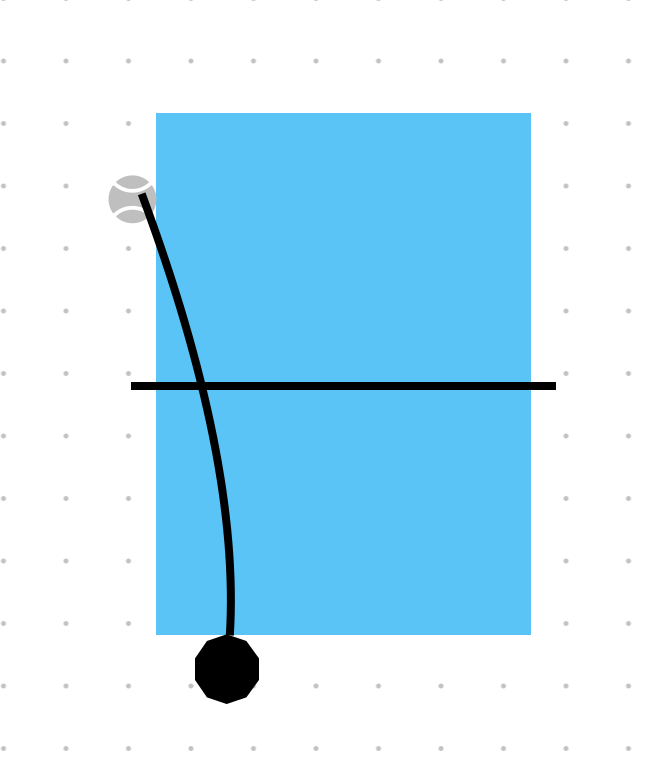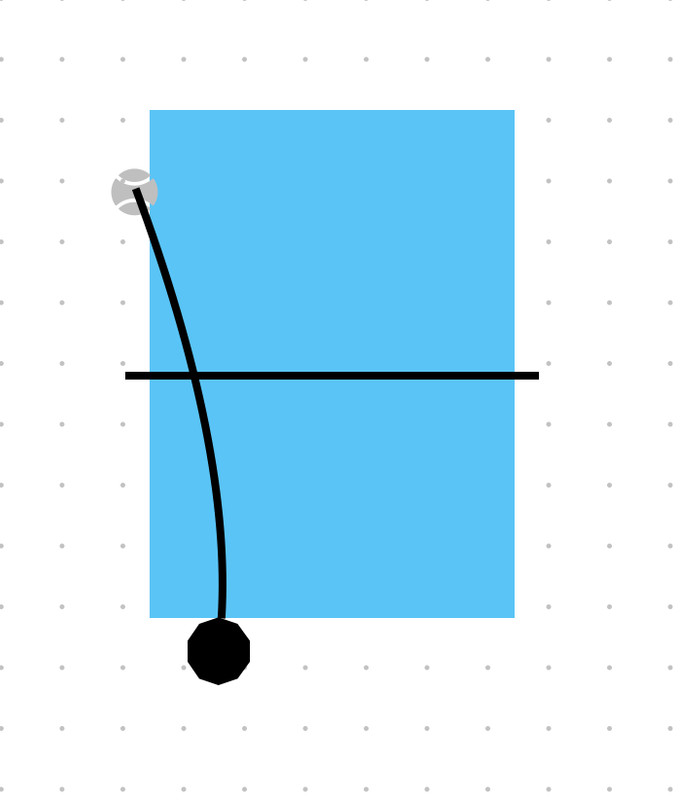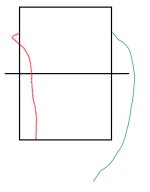Using google translate here to read what you wrote.
if it was the faintest of edge, then the ball will go down after the touch, making option 1, EDGE and not side.
Think about it, if the ball is flying into the path of the "side" of the table, it needs to touch edge before it can touch side. There is no where in that diagram to allow the ball to touch side without touching edge.
Thus the logic is, if the ball is travelling from inside the table (which in this case your diagram shows so), it can only touch edge.
Touching side only without edge (diagram below red line), would require the ball to curve in the reverse direction of how it is traveling and no one I know in the pro space can do that.
it is normally green that can make it happen, and the curve is in the same direction as the movement of the ball.
Red is swing left then swing right.... I'm waiting for someone to show me how to do this.
View attachment 29385













